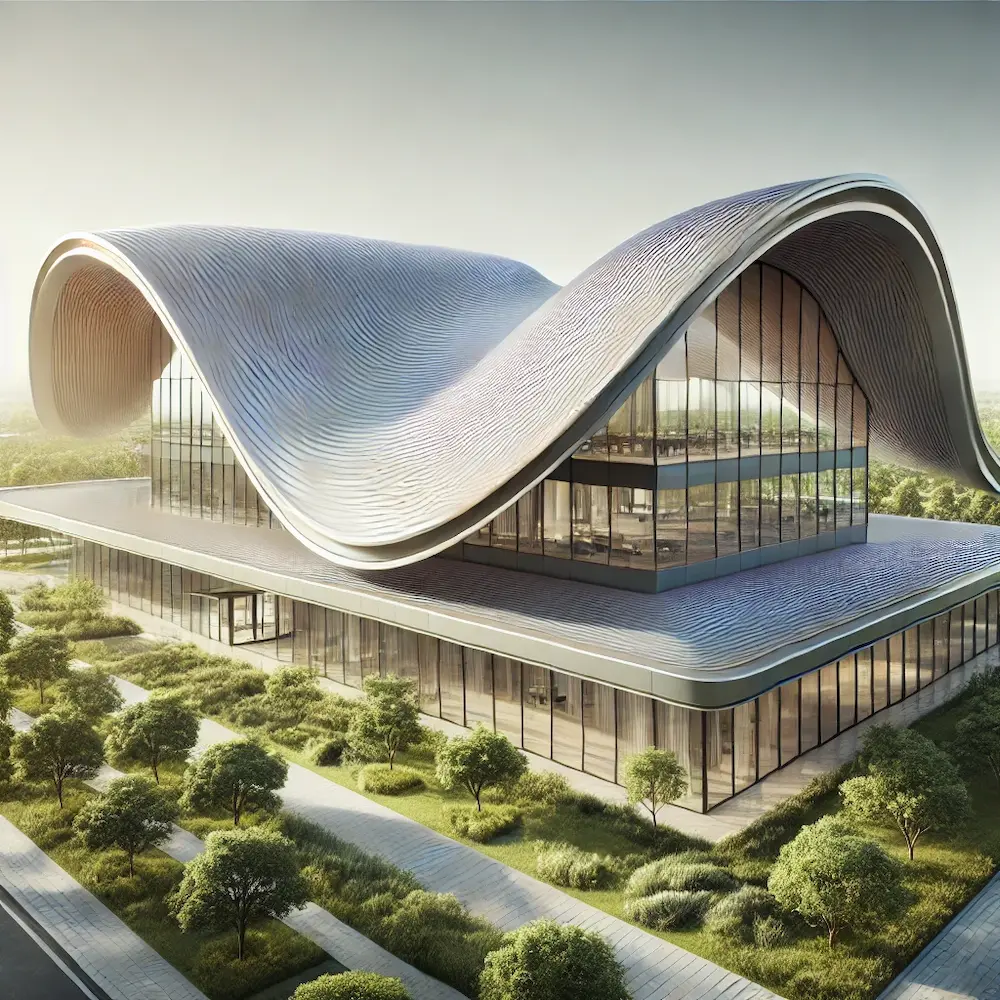A curved roof is an architectural design featuring a smoothly arched or rounded shape, diverging from traditional flat or pitched roofs. This design not only enhances a building’s aesthetic appeal but also offers functional benefits such as improved drainage and wind resistance.
History and Origins of Curved Roofs
Curved roofs have been integral to architecture for centuries, with early examples found in ancient Persia, China, and Rome. These structures often utilized domes and vaults to achieve the curved forms. In modern architecture, curved roofs gained prominence as symbols of innovation and organic design, with notable examples like the Sydney Opera House in Australia.
Key Features of Curved Roofs
- Aesthetic Appeal: The smooth, flowing lines of curved roofs contribute to a distinctive and modern appearance.
- Structural Efficiency: Curved designs can distribute weight evenly, enhancing the building’s structural integrity.
- Improved Drainage: The arch allows for efficient water runoff, reducing the risk of leaks and water damage.
- Wind Resistance: The aerodynamic shape offers better resistance to strong winds compared to flat or gabled roofs.
Applications of Curved Roofs
Curved roofs are utilized in various structures, including:
- Residential Buildings: To create unique and modern home designs.
- Commercial Structures: Such as shopping centers and museums, to provide expansive, open interiors.
- Cultural and Religious Buildings: Offering grandeur and a sense of openness.
Considerations When Choosing a Curved Roof
- Construction Complexity: The design and construction of curved roofs can be more complex, potentially leading to higher costs.
- Material Selection: Choosing appropriate materials that can bend and maintain structural integrity is crucial.
- Maintenance: While they offer benefits like improved drainage, the unique shape may require specialized maintenance.
Conclusion
Curved roofs blend aesthetic elegance with functional advantages, making them a compelling choice in various architectural contexts. Despite potential challenges in construction and maintenance, their benefits in terms of design appeal and structural performance make them a noteworthy option for modern architecture.
